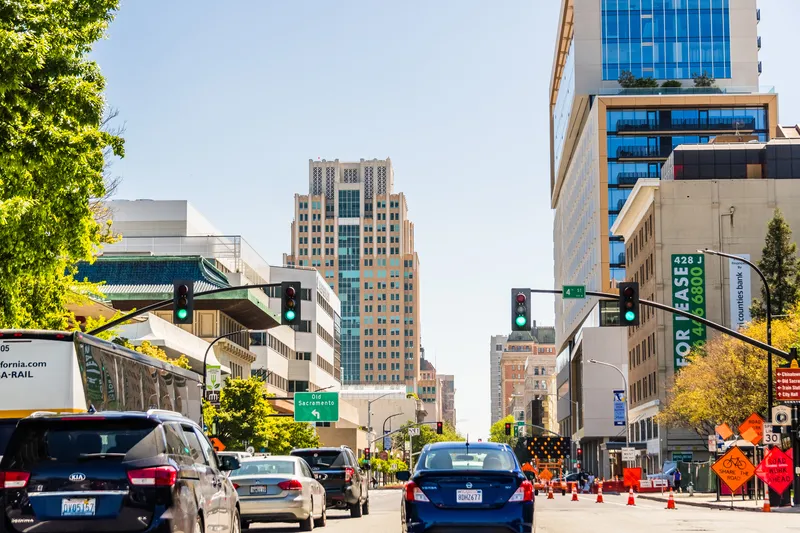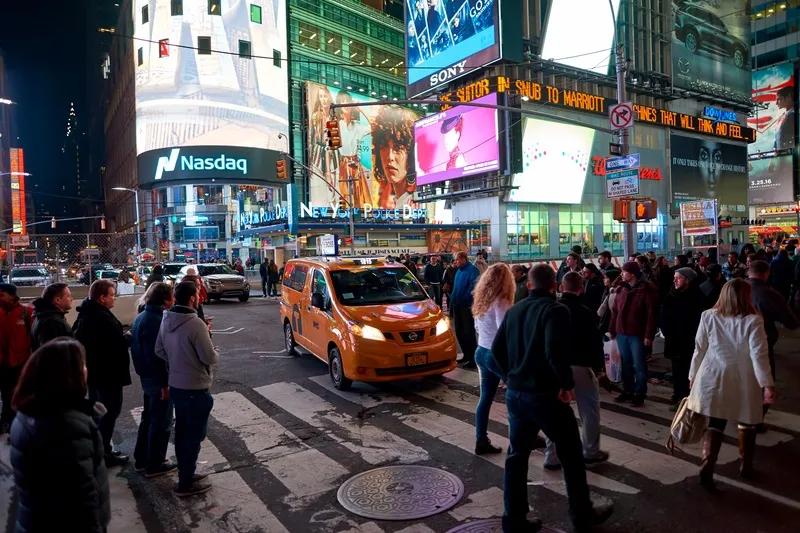Orange Park is the latest town in north Florida to invest in red-light cameras. Over the next 20 days, crews will be installing, setting up and unveiling the machines at three intersections. A 30-day public awareness campaign will begin in March and the cameras will go live on 1 April. "Hopefully these red-light cameras will not only make people aware of running the red lights, but make them aware they need to slow down," Orange Park Police Chief Gary Goble said. York Region, Ontario is to install twenty r
February 7, 2013
Read time: 2 mins
Orange Park is the latest town in north Florida to invest in red-light cameras. Over the next 20 days, crews will be installing, setting up and unveiling the machines at three intersections. A 30-day public awareness campaign will begin in March and the cameras will go live on 1 April.
"Hopefully these red-light cameras will not only make people aware of running the red lights, but make them aware they need to slow down," Orange Park Police Chief Gary Goble said.
York Region, Ontario is to install twenty red light cameras at intersections throughout the region.
The various sites were selected based upon the number of right-angle, or T-bone, collisions that occurred and to ensure a reasonable geographic distribution, transportation commissioner Kathleen Llewellyn-Thomas and traffic management and intelligent transportation services director Steven Kemp explained.
A progress report on the program is expected in the autumn and another batch of sites is scheduled to be considered in 2017. Any additional revenue generated by the program, over and above its operating costs, will be set aside in a reserve intended to install additional red light cameras at intersections around the region.
The city of Frisco in Texas will activate its fourth red light camera at a location based on crash data and selected unanimously by the Citizen Advisory Committee for the traffic signal enforcement systems. Crash data showed that in the previous 18 months the intersection had five crashes caused by a motorist running a red light.
The first of the city’s cameras was activated in March 2011. City officials say that in their first year of operation, crashes declined 47 percent the two intersections at which the cameras were deployed. Additionally, the average monthly number of red-light violations at intersections the cameras are located at has been reduced 29 percent.
"It is our committee's hope that by implementing the camera at this intersection, we will obtain a similar level of success that we have experienced at other red light camera intersections in Frisco, by significantly reducing red light running and collisions through greater driver awareness." said Rick Fletcher, a member of the Citizen Advisory Committee.
"Hopefully these red-light cameras will not only make people aware of running the red lights, but make them aware they need to slow down," Orange Park Police Chief Gary Goble said.
York Region, Ontario is to install twenty red light cameras at intersections throughout the region.
The various sites were selected based upon the number of right-angle, or T-bone, collisions that occurred and to ensure a reasonable geographic distribution, transportation commissioner Kathleen Llewellyn-Thomas and traffic management and intelligent transportation services director Steven Kemp explained.
A progress report on the program is expected in the autumn and another batch of sites is scheduled to be considered in 2017. Any additional revenue generated by the program, over and above its operating costs, will be set aside in a reserve intended to install additional red light cameras at intersections around the region.
The city of Frisco in Texas will activate its fourth red light camera at a location based on crash data and selected unanimously by the Citizen Advisory Committee for the traffic signal enforcement systems. Crash data showed that in the previous 18 months the intersection had five crashes caused by a motorist running a red light.
The first of the city’s cameras was activated in March 2011. City officials say that in their first year of operation, crashes declined 47 percent the two intersections at which the cameras were deployed. Additionally, the average monthly number of red-light violations at intersections the cameras are located at has been reduced 29 percent.
"It is our committee's hope that by implementing the camera at this intersection, we will obtain a similar level of success that we have experienced at other red light camera intersections in Frisco, by significantly reducing red light running and collisions through greater driver awareness." said Rick Fletcher, a member of the Citizen Advisory Committee.









